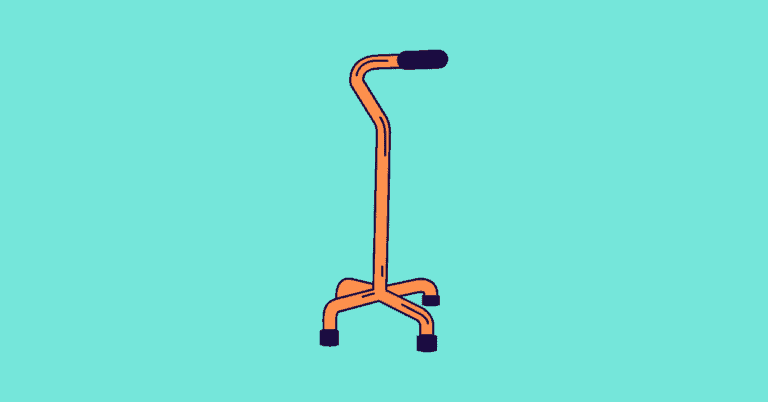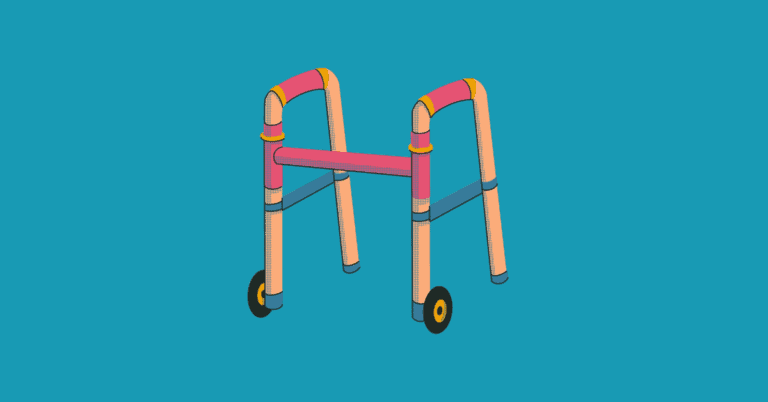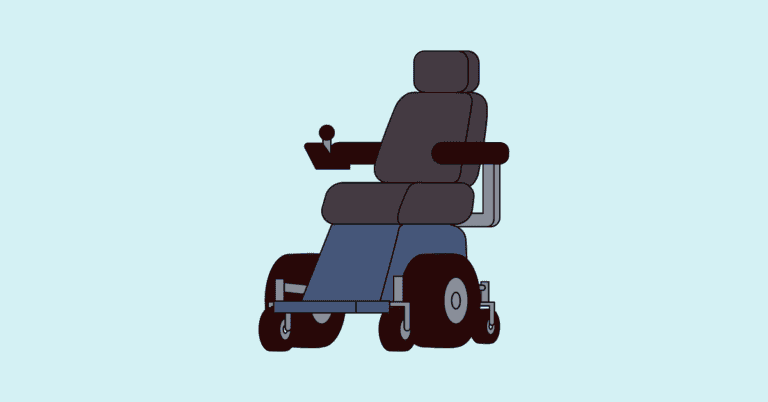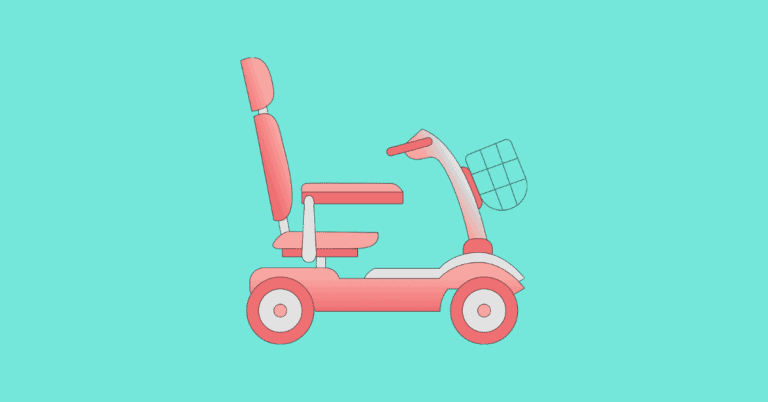What is an Upright Walker (Rollator)? Pros and Cons
An upright rollator walker is designed to encourage a more straight posture; Simplify, as suggested by the name, it helps users walk upright.
Unlike standard rollators, an upright rollator has arms rests that are positioned at the higher level so the user’s body weight is supported through their forearm rather than their wrist and hand.
Note: “upright walkers” generally refers to “upright rollators”. Some also refer to this assistive device as an “upright rollator walker”.
Upright rollator walker pros
Support weight at forearm and elbows level
This is great for individuals dealing with wrist and hand weakness or pain.
Can help you maintain a straighter posture while you walk
Note that while an upright rollator is intended to encourage better posture, this doesn’t necessarily mean that a standard walker leads to poorer posture.
With a standard rollator, the base of support of the rollator tends to be positioned farther in front, which may result in a forward-leaning posture over time if you aren’t cognizant of maintaining a tall stance. On the other hand, an upright walker is constructed to allow the user to stand more closely within the rollator, bringing the base of support nearer and encouraging a more erect stance.
Most include a seat
This is convenient overall but is also great for individuals with lower walking endurance and mobility so they can take rest breaks as necessary. This also allows more independence in completing daily necessities.
Include brake system
Most rollators include some sort of brake system for safety; this includes lock brakes to securely lock the rollator before and while seating. The loop hand brakes are the most common.
Good for both indoor and outdoor environment
Upright rollators tend to come with larger wheels, which allows improved maneuvering across outdoor ground including rough, uneven terrain.
Upright rollator walker cons
Heavier than standard rollator
An upright rollator is usually heavier by about 5-10 lb because it has more material.
Takes up more space
Due to its taller height, an upright rollator takes up more space when folded. This may be problematic in compact storage areas such as a small car trunk.
Greater turn radius
With the broader width and larger wheels, navigating in tight spaces and corners may be more difficult due to the greater turn radius.
Features to consider in an upright walker/rollator

- Height adjustability range: It’s good to make sure that the height is adjusted appropriately according to your customized fit because having it too high may lead to your shoulder being shrugged during use.
- Rollator weight: a lightweight walker or rollator tends to be around 12 to 20 pounds.
- Weight capacity: Many rollators are made with durable aluminum; weight capacity tends to be around 300 pounds but check manufacture guidelines to ensure.
- Easy to fold? A compact foldable design makes transport and storage easy
- Seating options: Most come with a lightly padded seat
- Wheel size: rollators with smaller wheels are well-suited for indoor use since they have a compact turn radius that makes navigating tight corners and confined spaces easier. Inversely, rollators with larger wheels have a wider turn radius; while this isn’t optimal for navigating tight spaces, larger wheels are better for outdoors navigation in rough, uneven terrain.
Is an upright walker/rollator better than other types of rollators?

Determining whether an upright rollator is better than other types ultimately hinges on individual needs and priorities.
Each type of rollator, including the upright version, comes with its own set of advantages and disadvantages. Therefore, it’s essential to carefully consider factors such as comfort, maneuverability, and intended usage to make an informed choice that aligns with your specific requirements.
If you are concerned about your stability, I recommend consulting with a healthcare professional for personalized feedback and guidance.





